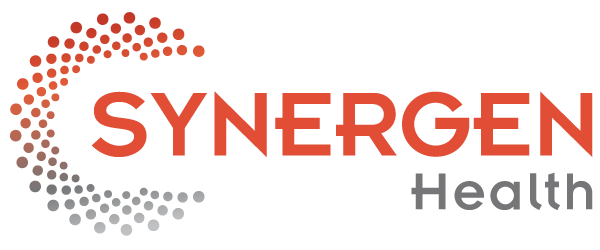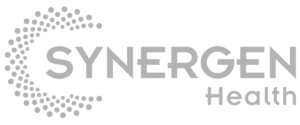By Casey Peters, Senior Director – Consulting & Transformation at SYNERGEN Health.
For administrative healthcare employees who handle the correspondence and collaboration between payers and providers, feeling overwhelmed, burned out, and like it’s impossible to stay ahead of the ball is not uncommon. During the last couple of years of navigating COVID-19, many flaws in how providers and payers collaborate have been exacerbated. The traditional, manual strategies of revenue cycle management (RCM) are prone to human errors, adding stress and strain to the relationships between payers and providers. The process has long needed innovation and organization.
With the weight that is placed on administrative healthcare staff to manage the revenue cycle, and as the labor market has grown tighter, providers need all the help they can get in alleviating the stresses that accompany satisfying payer requirements while reserving enough bandwidth to innovate and improve the patient experience. Efficient payer-provider collaboration is essential to positive overall outcomes for the provider, the payer, and the patient.
The Automated Way
Automating your RCM not only expedites the claim denials process, but doing so also eliminates uncertainties, errors, miscommunication, and lost revenue. The process of automating your RCM system is in no way aimed at replacing jobs otherwise done by people – it simply removes routine tasks to allow your team to work on more quantitative tasks. By automating processes, management can save hours of manpower and eliminate data entry mistakes by handling repetitive manual processes.
Automating the process prevents humans from having to manually perform repetitive steps and instead uses intelligent automation and machine learning to automate routine tasks in a quicker and more efficient way. This approach learns the most effective ways to execute functions for the desired outcome of an organization. Examples of where automation can assist with mundane tasks typically across the revenue cycle process include:
- Eligibility verification
- Filling out forms
- Gathering data
- Downloading documents
- Payment posting, write-offs and medical records retrieval
- Preparation and submission of appeals
- Following up on appeals and claims
- Running claim status checks
- Uploading documents
Fill Labor Gaps and Retain Talent
According to the Labor Department’s latest Job Openings and Labor Turnover report, more than 47 million workers left their jobs last year amid The Great Resignation. What’s more, some data estimates that providers spend about 30% of their resources on administrative costs, regardless of the fact that workforces are stretched thin. This leaves providers spending a large amount of money on expenses that can be handled in a more efficient way: through intelligent automation and machine learning.
While attracting a strong employee base is one thing, retention is a whole other beast. By providing employees with opportunities to contribute to the organization in a more meaningful way, employers support retention while pushing the innovation envelope. Retention is also strengthened when administrative employees no longer need to face the burden of claim denials and other avoidable stressors that can wither provider-payer relations.
With learning algorithms, intelligent automation can recognize patterns and suggest predictive actions for the best possible claims denial resolution. By using historical data and underpayment analyses, the system can get ahead in suggesting the correct fix for a potential denial. Ultimately, providers can expect this process to cut down on claim denials and reduce difficulties associated with revenue management. This leaves more time for employees to focus on other essential administrative tasks.
Additional Benefits
Along with the ability to provide employees with a working environment that is far more productive, manageable, and effective, health care organizations can expect automated RCM to strengthen the revenue cycle as a whole. There will be cost reduction opportunities, an accelerated cash flow, and improved operating margins.
The financial exchange and reimbursement relationships between providers and insurance payer organizations grow more and more challenging every year. The options for providers are to either add more people power, a tough feat in a tight labor market, or turn to more effective, cost cutting solutions such as automation.
Supporting the Infrastructure
Given the current labor market, now is the time to look for new ways to innovate your revenue cycle processes. Alternative solutions that help health care organizations optimize their financial health through artificial intelligence, robotic process automation, and other tools integrated into user-friendly platforms are a critical step towards financial longevity. In choosing the right solution, look for systems that can automate the tasks with the most significant impact, such as verification of benefits, pre-authorizations, appeals, and management of aged receivables.
It’s clear that the benefits of an automated RCM are plenty. Through improved accuracy, a reduction in manual efforts, further cost reduction opportunities and an increased workload capacity, the automation process will support and streamline the revenue infrastructure. It will allow everyone to win as it drives long-term improvements to provider cashflow, optimizes payer-provider collaboration, and enhances the patient experience in the process.
About the Author
Casey Peters is Senior Director – Consulting & Transformation of SYNERGEN Health.

